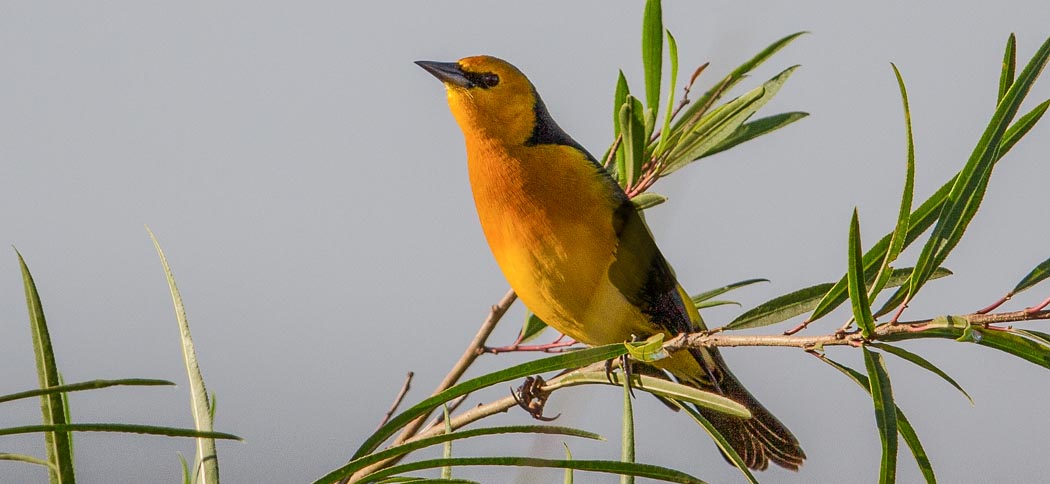
Strange Tails
We're delighted to have a strong population of strange-tailed tyrants at the reserve. So much so that we've adopted these beautiful and endangered birds as the symbol of the Trust
The growing diversity of the animals of Reserva Don Luis is a fresh source of delight every time we return. We don't play favourites, but it's impossible not to engage more with some of our more conspicuous guests. One of these is the strange-tailed tyrant. The male is stoic in his tolerance of one of nature's strangest - and it would seem least practical - adaptations. He's willing to suffer to be beautiful, and somehow manages to fly with tail feathers that were surely designed for a bird three times his size.
We love his perseverance; his resolution to succeed against challenge, and his ability to prove that anything is possible. He's appearing in growing numbers on the Reserva Do Luis, and his success has become an allegory for, and a symbol of, our own.
When we started the process of updating and redesigning our website, we wanted to adopt an image that symbolised our aims and our challenges. This brave little flycatcher, with his indomitable character, was the perfect choice.
The logo is a stylised profile of a male tyrant, silhouetted against the sunrise. We coloured the sun the blue of the Argentinian flag in honour of this country's beauty, its climate and the breathtaking span of magnificent animals that it nurtures.

Bat Research
Our bat team is conducting bat research both in the Ibera Marshes and in other provinces. We are especially concentrating on Misiones at the moment where we find the largest bat in Argentina, Chrotopterus auriitus and Myotis ruber, two species that we are researching.

Saffron-cowled Blackbird
Xanthopsar flavus
The Saffron-cowled Blackbird is part of the Icteridae family. The male of this species has a golden yellow head, rump and underparts. Upperparts are black as are the lores, tail, nape and legs. The female is less brilliantly coloured, with a streaky olive-brown crown and upperparts, and yellow rump, eyebrow and underparts. Length is around 19cm.
These birds are in serious decline in Argentina and are difficult to find. Their range covers S. Brazil, E. Paraguay, NE Argentina and Uruguay and they are classed as Vulnerable in the IUCN redlist.
We do not yet have these stunning birds at the reserve but hope to re-introduce them in the near future as they should be perfectly adapted to our area and were reasonably common here a few years ago.
They tend to flock with Yellow-rumped Marshbirds and graze on seeds whilst remaining close to water. Breeding is generally colonial and they appear to prefer short grass for foraging close to marshy areas. Breeding is generally colonial although single nests are not uncommon.
As with other grassland species threats predominantly come from human impacts including pesticides,burning, drainage, plantations, conversion of grassland to rice fields and the pet trade.
This photo was taken at a friend's estancia called 'Virocay' which is situated near to Virasorro.

